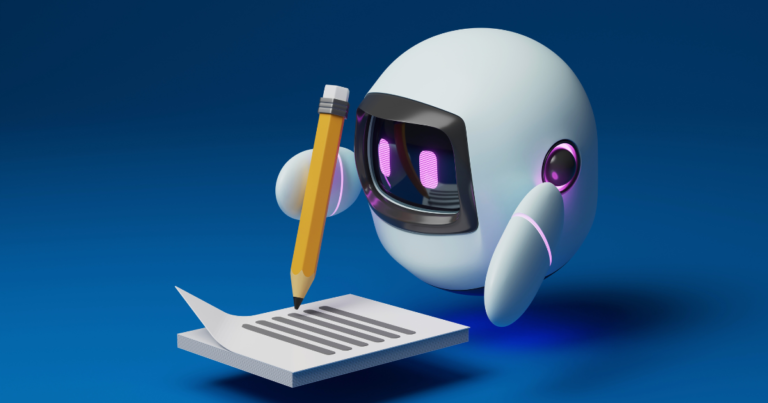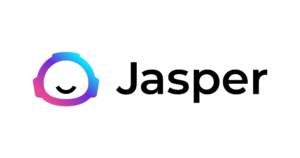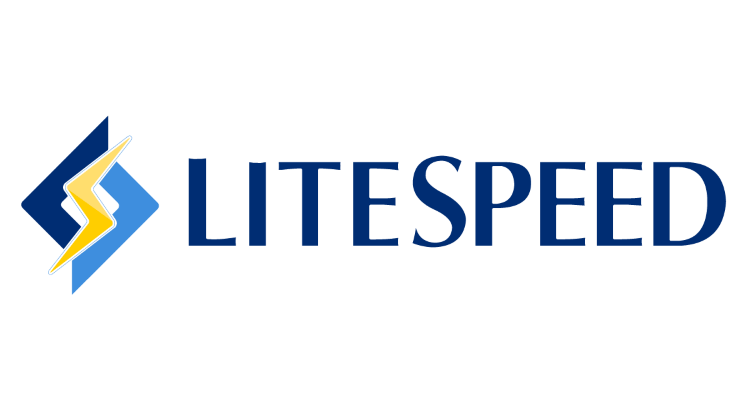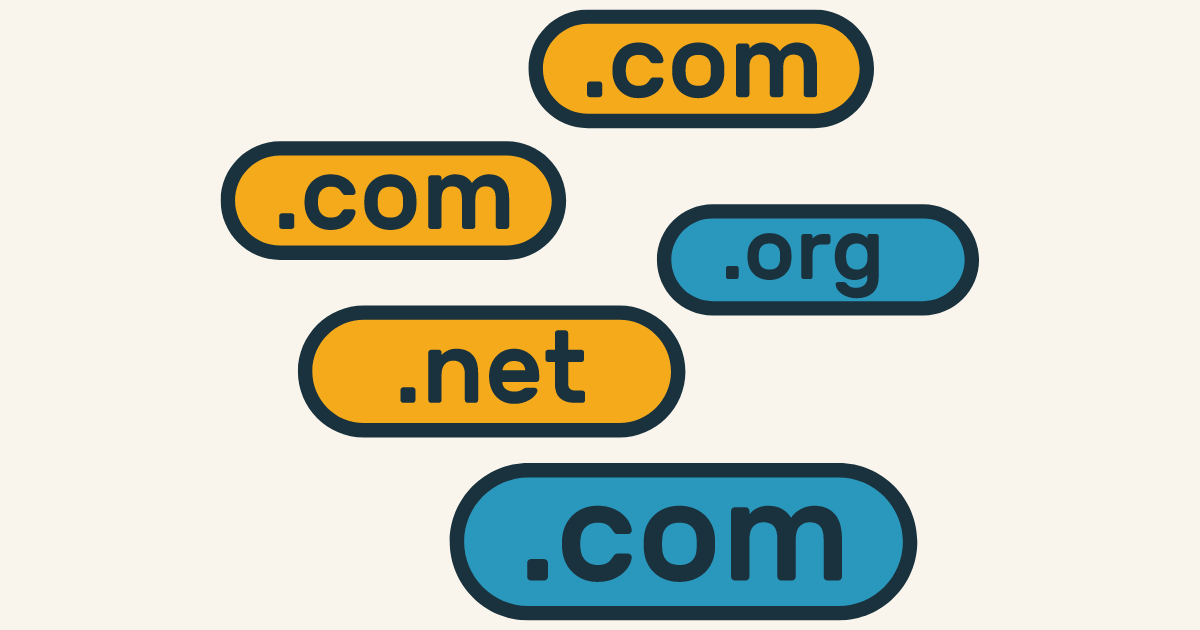Recently, I stumbled upon an essay online submitted by a student that seemed, well, too perfect. It was impeccably structured, almost unnaturally so, leading me to suspect it was AI-generated content.
This experience pushed me into the complex world of AI writing tools, a rapidly evolving technology that’s becoming increasingly common in academic settings.
It’s an intriguing challenge for any learning management system (LMS) tasked with maintaining academic integrity.
This brings us to an important question: Can Canvas detect AI writing?
With a plethora of AI detectors and detection tools available, the ability of Canvas to detect AI content, specifically AI-generated essays, stands as a critical test of its efficacy in today’s tech-driven educational landscape.
Exploring AI Writing
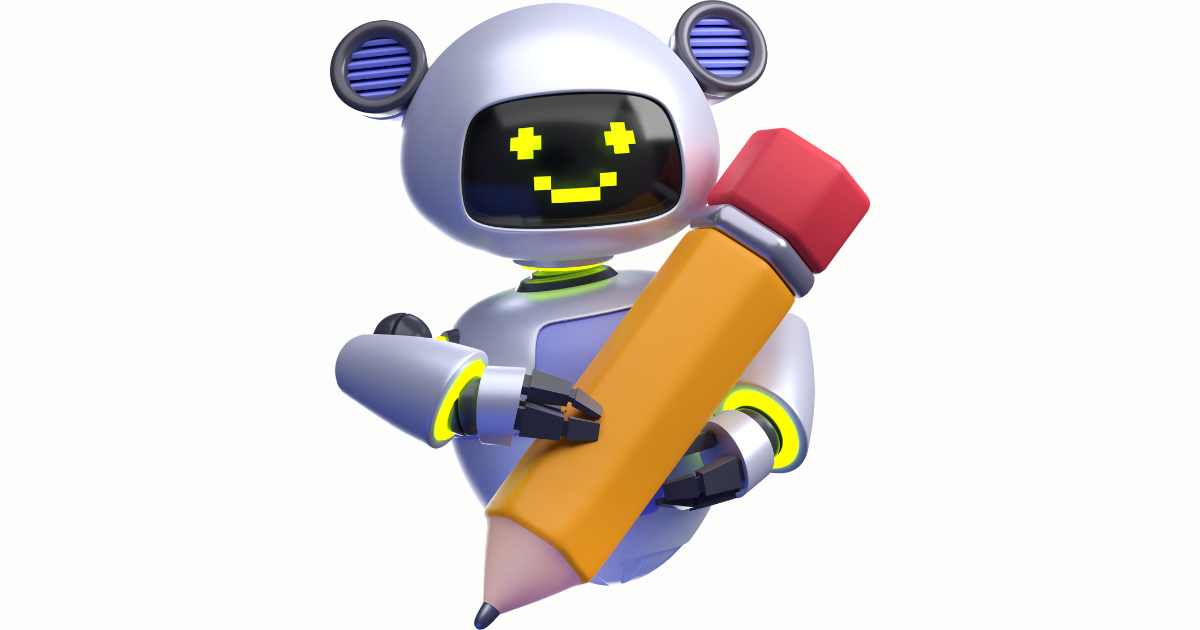
AI writing refers to content created by artificial intelligence programs, designed to mimic human writing styles.
These AI tools, using sophisticated algorithms, can generate articles, essays, reports, and even creative fiction.
Examples of such AI writing tools include OpenAI’s Chat GPT, Jasper, and Writesonic, among others. Their increasing sophistication makes it challenging for detection tools, including those embedded in learning management systems, to accurately detect AI-generated content.
This surge in the use of AI for writing poses a significant challenge to academic integrity. The ease with which students can now access AI written content and submit it as their own work underscores the urgent need for effective AI detectors.
This situation necessitates a deeper exploration of how these AI detection tools function within educational platforms to safeguard the authenticity of academic work.
Canvas as a Learning Management System

Canvas, known widely in academic institutions, stands as a pivotal Learning Management System (LMS) that has reshaped the landscape of education and content management.
Its primary role is to provide a centralized platform where educators and students can interact seamlessly, manage coursework, and access educational resources.
But when it comes to the nuanced world of AI-generated content detection, particularly pieces that AI technology like ChatGPT produces, the capabilities of Canvas extend into more complex territories.
Canvas offers a robust suite of tools designed to enhance the educational experience. For content submission, Canvas provides an intuitive interface where students can easily upload their assignments. This user-friendly aspect ensures that technology doesn’t become a barrier to learning.
However, it’s in the aspect of plagiarism detection where things get more intricate. Canvas integrates with third-party tools, like Turnitin, to assist in the identification of plagiarized content. These tools compare student submissions against a vast database of existing works to flag potential plagiarism.
But here’s where the challenge with AI content, such as ChatGPT generated content, comes into play. While Canvas can effectively detect conventional plagiarism – where students copy the text verbatim from known sources – its ability to detect content crafted by AI tools is less straightforward.
When students submit work that’s been generated or even just assisted by AI writing tools, Canvas’s current system, which heavily relies on third-party content detection tools, may not always identify the nuances that differentiate AI-written text from a student’s own words.
The Mechanics And Canvas’s Capability in Detecting AI Writing

The process of detecting AI-generated content involves complex algorithms designed to identify patterns and nuances typical of AI writing styles.
These AI detectors analyze various aspects of the text, such as syntax, coherence, and the use of certain phrases that are more common in AI-generated content compared to human writing.
Talking about current technologies, tools like Turnitin have been a mainstay in plagiarism detection. However, their effectiveness against sophisticated AI writing tools is a subject of ongoing debate.
Many of these detection tools rely on comparing submitted content against a database of known sources, which may not always include the latest outputs from AI tools. This creates a gap in their ability to accurately flag AI-generated content.
So, can Canvas detect AI writing?
There is a notable absence of definitive statements from Canvas about its direct ability to detect AI writing, such as content produced by ChatGPT or similar AI technologies. This is a significant point, considering the increasing prevalence of such tools in academic settings.
Canvas, primarily designed to manage course content and facilitate learning, does not currently possess the built-in capability to discern AI-written content from human-written submissions, which poses a challenge in upholding academic integrity.
To put this to the test, I conducted a personal experiment. I submitted a piece of AI-generated content to Canvas, carefully crafted to mimic the writing style of a typical college essay.
The result was quite revealing: Canvas did not flag this submission as AI-written.
This aligns with the understanding that while Canvas is an effective learning management system, its capacity to detect AI content specifically is limited. Therefore, the responsibility to distinguish between AI and human writing often falls back onto educators, making it a more manual and subjective process.
A List of AI Detection Tools You Can Use…

There are several AI detection tools available, each designed to identify content generated by AI models. These tools vary in their approach and effectiveness. Here’s a list of some notable ones:
- OpenAI’s Text Classifier: Developed by OpenAI, this tool is designed to determine whether a piece of text is likely to have been generated by an AI model.
- GLTR (Giant Language Model Test Room): Developed by Harvard and MIT-IBM Watson AI Lab, GLTR uses statistical methods to detect if a text was generated by a language model.
- GROVER Detector: Developed by the Allen Institute for AI, this tool is specifically designed to detect text generated by the GROVER model, which is effective in spotting similar AI-generated texts.
- Hugging Face Detector: Hugging Face has developed a tool that uses machine learning to determine whether a text is generated by an AI.
- FakeCatcher: This tool is primarily used for video analysis, detecting deepfakes by analyzing pixel-level signals in videos.
- Sensity: Sensity specializes in detecting deepfakes and synthetic media across various formats.
- Perspective API: While primarily used for detecting toxic language, Perspective API also has the capabilities to identify unnatural text patterns indicative of AI-generated content.
- Botometer: Developed by Indiana University, Botometer is designed to evaluate whether a Twitter account is operated by a bot, which often involves AI-generated content.
- Deepware Scanner: This tool focuses on detecting AI-generated audio and video content, especially deepfakes.
- Reality Defender: An AI detection tool that focuses on identifying and flagging synthetic media across the web.
Each of these tools has its strengths and limitations, and their effectiveness can vary based on the type and complexity of the AI-generated content they are analyzing.
In Conclusion: Can Canvas detect AI writing?

We’ve journeyed through the intricacies of AI content detection, the capabilities of various AI detectors, and the specific challenges posed by tools like ChatGPT.
While Canvas, as a learning management system, excels in many areas, its direct detection of AI-generated content remains limited.
Personally, I believe the future of AI writing detection in educational tools will evolve rapidly, incorporating more sophisticated AI detectors that can discern unique writing styles and uphold academic integrity more effectively.
As we navigate this digital era, I encourage readers to reflect critically on the use of AI writing in education, pondering both its potential and pitfalls in shaping academic honesty.


